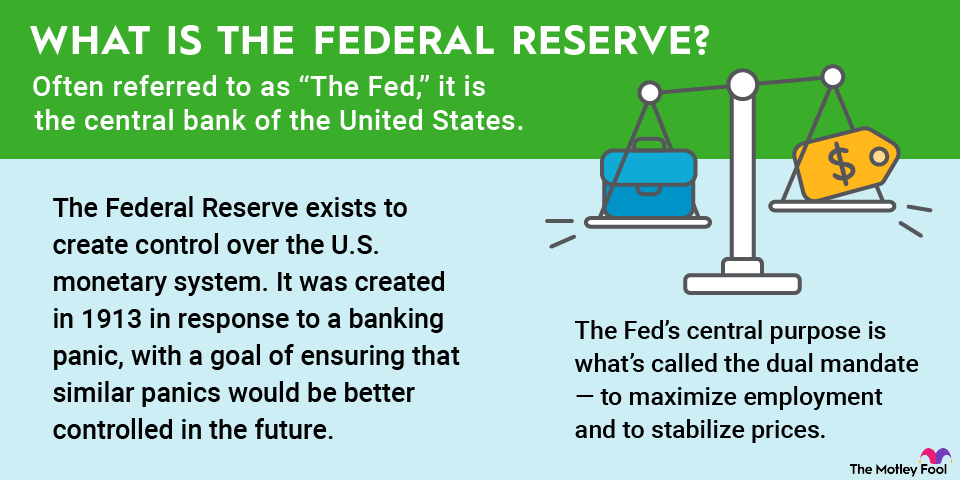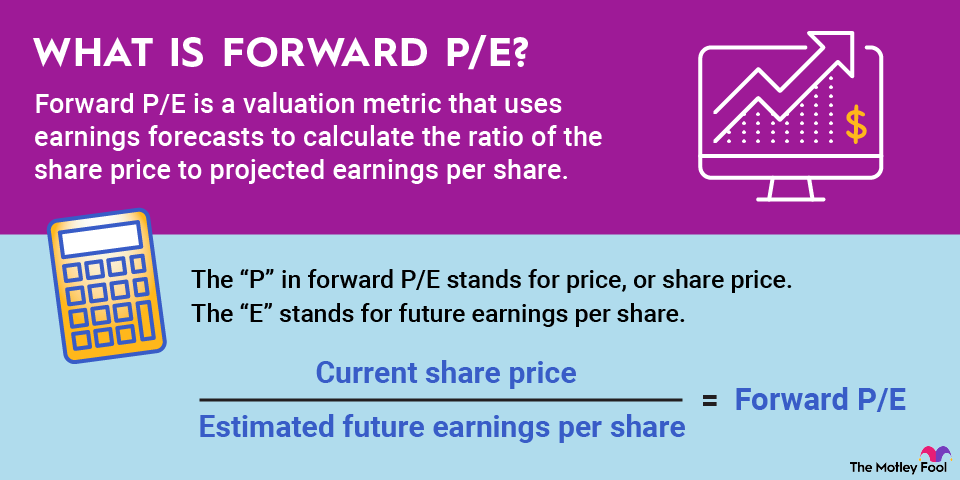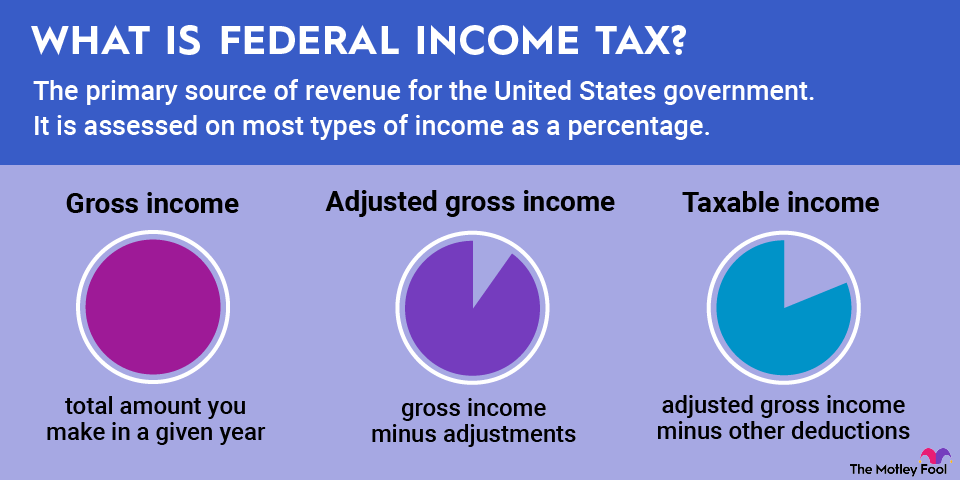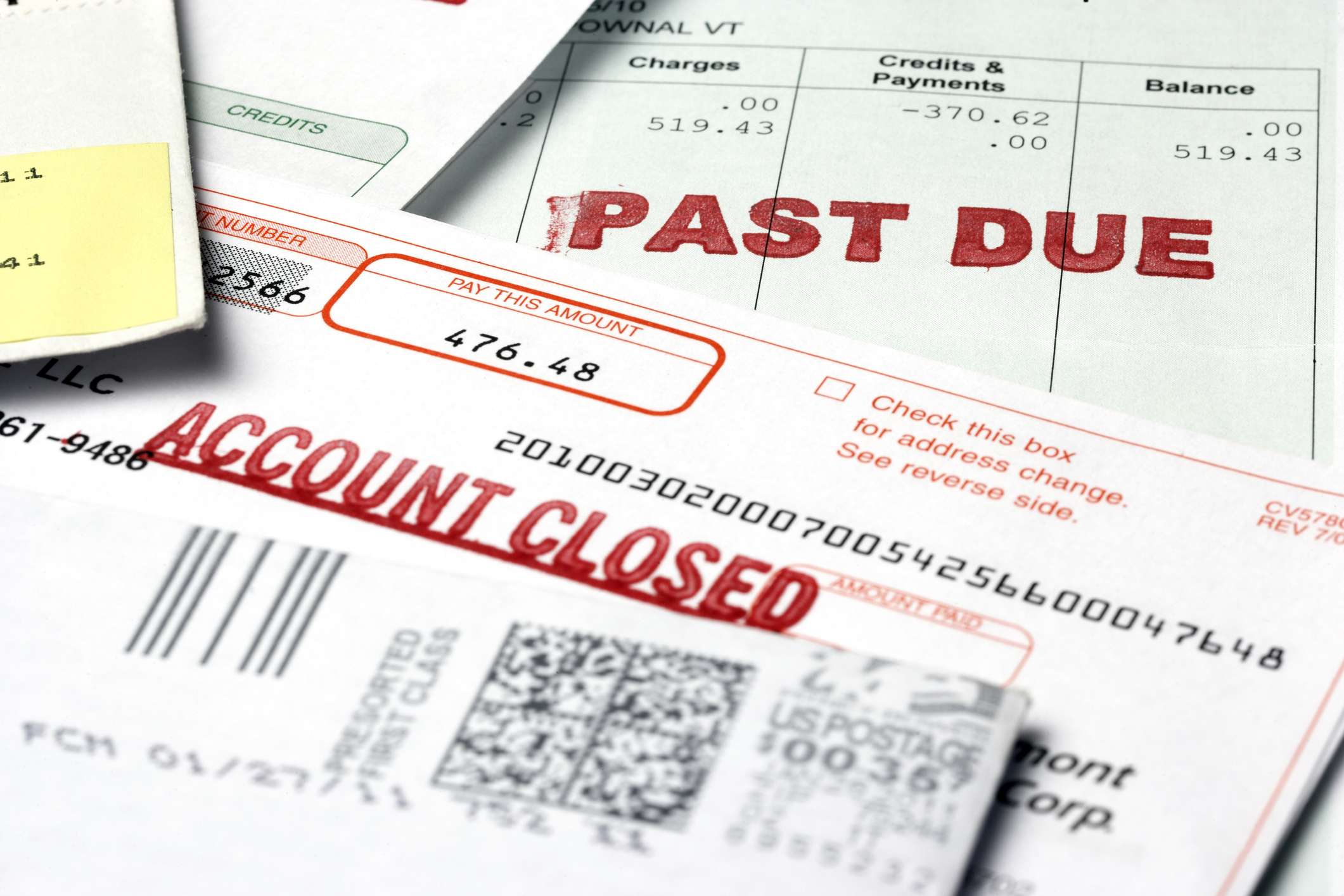To many investors, a “fund of funds” may seem like an over-the-top description of a hedge or mutual fund that’s performing well -- sort of like a “king of kings” label. Close, but no cigar.
A fund of funds is simply a collection of funds rolled into one investment vehicle, frequently made available to both small and big investors. Read on to learn more about these funds and how they might fit into your investment portfolio.

What is a fund of funds?
A fund of funds is simply a fund that invests in a collection of other funds. The investment funds are most commonly hedge funds or mutual funds. The idea is to maximize diversification, minimize risk, and often provide small investors with access to investment opportunities that they might not otherwise enjoy.
The Securities and Exchange Commission estimates that roughly 40% of registered funds have at least one investment in another fund. The SEC also estimated in 2019 that total net assets in funds of funds stood at $2.54 trillion.
Types of funds of funds
There are two broad types of funds of funds: fettered and unfettered.
Fettered funds include only funds managed by the same company. For example, a fettered Vanguard fund of funds could invest only in funds managed by Vanguard.
Unfettered funds can invest in funds held by any company. An unfettered Vanguard fund of funds, for example, could invest in a Fidelity-managed fund.
Here are some narrower types of funds of funds:
- Target date funds: These funds of funds are the most popular. They’re designed for investors who don’t want to have to tinker with their asset allocation as important dates loom, such as retirement or a child’s college enrollment. As an example, people with money in a target date fund and who are nearing retirement might see their fund balance shift slowly from equities to bonds and other fixed-income investments.
- Target allocation strategy: Rather than focusing on the timing of a portfolio, these funds of funds focus on the mix within a portfolio. They set a specific balance of stocks and fixed income investments -- for example, 80% stocks and 20% bonds, or 50% stocks and 50% fixed-income assets.
- Hedge funds: Typically, only accredited investors are allowed to invest in hedge funds. But not every investor is a high-net-worth individual who can meet the criteria set by the Securities and Exchange Commission for risking money in a hedge fund. A hedge fund-oriented fund of funds can circumvent the restriction by allowing regular investors to put money into a mix of hedge funds.
- Business development companies (BDCs): These funds of funds were created to invest in small companies and distressed companies that are worth less than $250 million. These risky investments make money when companies decrease their debt loads or increase their stock prices. BDCs are considerably riskier than many other assets but are required to pay almost all profits to shareholders, similar to real estate investment trusts.
Of course, those aren’t the only types of funds of funds. International funds of funds that invest in global companies exist, as do exchange-traded fund-based funds of funds that specialize in ETFs. There are even gold funds of funds. Bottom line: If there’s more than one fund, it may be part of a fund of funds.
Related investment topics
Pros and cons of funds of funds
Like any other investment, a fund of funds has advantages and disadvantages. Let’s start with the advantages:
- Easy to rebalance: Generally, the fund manager will do this for you. From a tax standpoint, it’s a good thing, since you don’t have to pay capital gains taxes on investments that you might otherwise sell while rebalancing your portfolio.
- Diversification: A single fund of funds includes investments in multiple funds, so even if one or two do poorly, you won’t be wiped out. Different mutual funds, for example, have different objectives and styles, so you’re not betting everything on one manager, one stock, or even one fund.
- Different managers: Not all fund managers are created equal. Like diversification of assets, diversification of managers can be a good thing. True, one good fund manager won’t make you wealthy, but a bad fund manager also is unlikely to put much of a dent in your investment.
- There are also plenty of downsides to a fund of funds:
- Lack of choice: You don’t get to choose individual funds; your fund-of-funds manager picks them, and you can take them or leave them.
- Expense ratios: Since funds are typically professional managed, expense ratios -- the percentage that managers charge to stay on top of your investments -- are generally higher than with other investments and can be as high as 2%.
- Duplication: It should go without saying that different funds will often invest in the same stocks, especially widely held stocks like Apple (AAPL +0.31%), Microsoft (MSFT -1.44%), and Amazon (AMZN -1.60%). So it’s possible that a bad quarter for a widely held stock could affect your fund performance.
- Tax issues: Not to get too deep into the weeds, but calculating capital gains taxes from a fund of funds can be extremely complicated, even by IRS standards. Consult a professional to be sure you’re not exposing yourself to a massive tax bill.
Net Expense Ratio
Bottom line on funds of funds
Although it might be tempting to leap into a fund that promises the outsize returns of a successful hedge fund (or multiple hedge funds), investors should tread carefully when it comes to investing in funds of funds. It is very difficult to beat the market when you’re essentially paying double management fees -- expenses for the fund of funds and expenses for the funds where it invests. Picking a market-beating fund manager can be even trickier than picking a market-beating stock.
Investing in a fund of funds can seem like a simple way of increasing wealth. But we at The Motley Fool believe there’s an even simpler method for building real wealth with a long-term buy-and-hold strategy that takes the worry out of investing and puts money in your pocket.



















